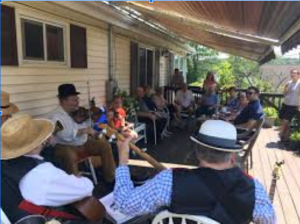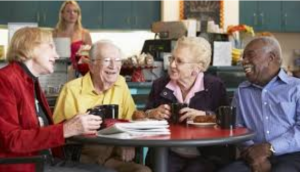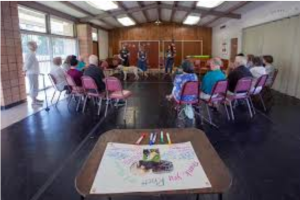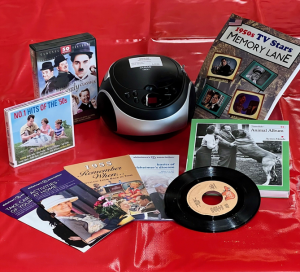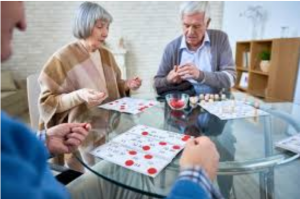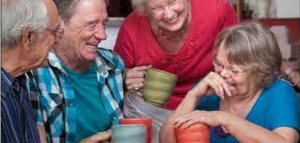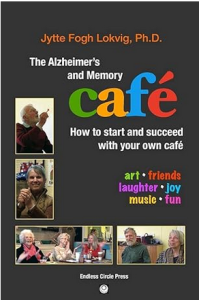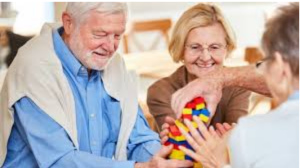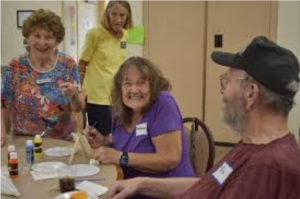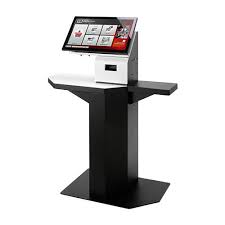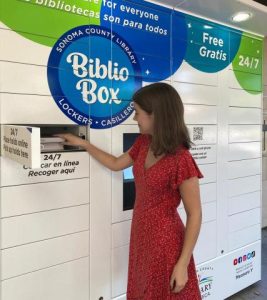Voices Beyond the Walls is a storytelling initiative rooted in the belief that stories can heal, connect, and empower—especially for those whose voices are too often unheard. Through writing, spoken word, music, and podcasting, we’re creating space for justice-involved youth, foster youth, individuals with disabilities, and other marginalized communities in Sonoma County to share their truth. This project grows out of the library’s commitment to equity and outreach, starting in Juvenile Hall and expanding into the wider community through partnerships, trauma-informed practices, and creative tools like the Free Voices studio. It’s not just about improving literacy—it’s about helping people reclaim their narratives, build confidence, and be seen and heard on their own terms.
Carrie King- INFO287-Project Proposal_ Voices Beyond the Walls
Project Proposal: Voices Beyond the Walls
A Storytelling Initiative for Literacy, Healing, and Community Empowerment
Librarian III – Juvenile Hall & Reentry Services
Sonoma County Library System
Objective
To launch Voices Beyond the Walls, a storytelling-centered initiative that empowers justice-involved youth, foster youth, individuals with disabilities, and other marginalized communities in Sonoma County to share their experiences, reclaim their narratives, and strengthen literacy through creative self-expression—in writing, voice, and performance.

Executive Summary
Voices Beyond the Walls is a storytelling initiative that places personal narrative at the heart of healing, literacy, and community connection. Rooted in the Sonoma County Library’s mission of equity and outreach, this collaborative effort between branch librarians and the Librarian III – Juvenile Hall & Reentry Services supports participants in developing and sharing their own stories across multiple formats—written word, spoken word, podcasting, and music—with storytelling as the unifying thread.
The program begins with structured workshops in Juvenile Hall and will expand over four phases to include foster youth, individuals with disabilities, reentry populations, and the broader public. Through partnerships, inclusive practices, and platforms like the Free Voices music studio and E Street Studios, the initiative elevates the voices of those often unheard—building bridges between isolation and community through story.
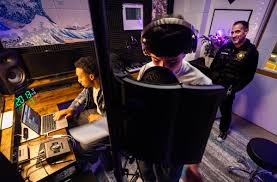
Why Storytelling?
Storytelling is a timeless human tool for survival, identity, and connection—particularly powerful for populations impacted by trauma, incarceration, and marginalization. Programs like The Beat Within and The Sentences That Create Us (PEN America) show that storytelling:
- Enhances literacy and communication skills
- Facilitates emotional healing and identity formation
- Builds bridges between incarcerated individuals and the public
- Encourages agency, hope, and self-worth
In Voices Beyond the Walls, storytelling is not a means to an end—it is the program: a practice of voice, vulnerability, and transformation.
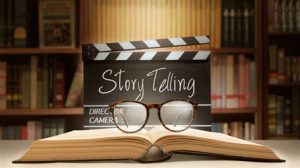
Free Voices Studio: Storytelling Through Sound
Sonoma County Juvenile Hall’s newly opened Free Voices music studio adds a powerful dimension to this storytelling initiative. While the studio features instruments and music software, it also offers a space for:
- Spoken-word storytelling and audio diaries
- Podcast episodes based on youth narratives
- Sound-rich storytelling with music, dialogue, and ambient audio
The facility provides detained youth with a safe, professional setting to explore identity and experience through story—whether written on a page or spoken into a mic. It supports the project’s mission by unlocking alternative storytelling formats that resonate with diverse learners.
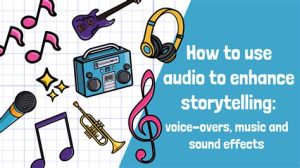
Collaborative Library Roles and Strategic Alignment
| Library Responsibility | Storytelling Integration |
| Librarian III – Juvenile Hall & Reentry Services | Design and facilitate storytelling programs in Juvenile Hall; coordinate reentry storytelling; lead partner collaboration |
| Branch Librarians | Lead storytelling workshops in library branches and community locations; co-facilitate public readings and story publishing |
| All Library Staff | Participate in trauma-informed and DEI training; support participants with technology, editing, and encouragement |
“Let your actions speak louder than words, however: professionalism matters, while popularity is illusory, fleeting, and short-lived. Your contributions to the field, by enhancing service, creating new models to replace outdated practice, and quietly working to improve communities, matter most.”
— Michael Stephens, The Heart of Librarianship
This quote reflects the collaborative spirit of the Sonoma County Library—where a unified team works together to uplift community voices through intentional, inclusive service.
Core Project Components
Storytelling Modalities
- Written storytelling: Memoir, fiction, poetry, and letters
- Spoken word: Oral storytelling, podcast segments, monologues
- Multimedia: Audio diaries, photo stories, digital zines
- Music as narrative: Lyric-writing and musical storytelling
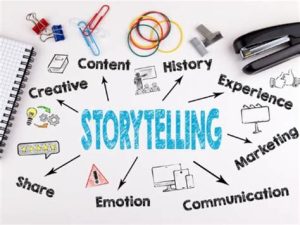
Graphic by: www.pamelarutledge.com
Creative Tools
- Free Voices Studio (Juvenile Hall): Story recording and production
- E Street Studios (Library): Podcast and multimedia editing
- Mobile storytelling kits: Tablets, mics, and writing materials for outreach
- Print/digital platforms: Story anthologies, blogs, podcasts, public events
Inclusive & Accessible Practices
- Trauma-informed storytelling facilitation
- Curriculum adapted for neurodiverse learners and varying literacy levels
- Multilingual and visual storytelling formats
- Staff training in DEI and narrative justice

Image by: www.vecteezy.com
Target Participants
- Detained and justice-involved youth
- Foster and transitional-age youth
- Adults returning from incarceration
- Individuals with intellectual/developmental disabilities (IDD)
- LGBTQ+ youth, non-native English speakers, and others facing systemic barriers
Phased Implementation Plan
| Phase | Focus | Actions |
| 1: Juvenile Hall Pilot | Stories from inside | Writing and oral storytelling workshops in detention; recordings in Free Voices studio |
| 2: Community Expansion | Widen the circle | Partner with TLC and others to offer workshops to foster youth, IDD populations, and branches |
| 3: Public Sharing | Stories meet the world | Publish anthologies, host live readings, launch public podcast archive |
| 4: Reentry & Lifelong Storytelling | Voice as a life tool | Incorporate storytelling into job readiness, resume building, and reentry support; train peer mentors |

Scalability & Sustainability
| Area | Strategy |
| Library Infrastructure | Use E Street Studios and digital tools to scale access to storytelling |
| Staff Capacity | Provide training and grow peer-led storytelling facilitators |
| Partnerships | Expand outreach with TLC, Common Ground Society, and local artists |
| Funding | Apply for LSTA, NEA, CA Humanities, and narrative justice grants |
| Evaluation | Track number of stories shared, workshops hosted, audiences reached |
Evaluation Metrics
- Participant surveys on confidence, connection, and voice
- Story completion rates and engagement with workshops
- Public event attendance and podcast listenership
- Community feedback and partner reflections
Anticipated Challenges & Story-Based Solutions
| Challenge | Response Through Storytelling |
| Trauma and resistance | Use trauma-informed prompts and one-on-one storytelling coaching |
| Literacy barriers | Focus on oral stories, visuals, and assisted writing support |
| Retention and motivation | Use storytelling as a goal: publish, perform, record, and be heard |
| Limited tech access | Provide mobile kits and studio access across library branches |
Conclusion
Voices Beyond the Walls centers storytelling as a vehicle for dignity, expression, healing, and belonging. By creating intentional spaces for marginalized individuals to tell their stories—in writing, voice, or song—the Sonoma County Library becomes more than a resource hub: it becomes a platform for truth and transformation.
“For me, the heart of librarianship is learning. It’s a cyclical process of support, engagement, and discovery with deep roots in the concepts of service, access, and freedom to pursue interests of all kinds. No matter what type of institution, someone is gaining knowledge, finding information, or creating something new based on our facilitation.”
— Michael Stephens, The Heart of Librarianship
This initiative brings that vision to life. Through story, we facilitate not only literacy, but healing, learning, and self-determined creativity. With the Free Voices studio, a collaborative team of branch librarians and the Librarian III, and community partnerships rooted in equity, Voices Beyond the Walls is ready to become a replicable model—where libraries serve as both sanctuary and stage for the voices that most need to be heard.
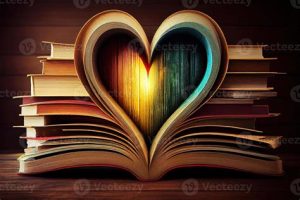
References
Becoming Independent. (2025). Mission statement. https://www.becomingindependent.org
Common Ground Society. (2025). Mission statement. https://www.commongroundsociety.org
Friends Outside in Sonoma County. (2013). Friends Outside in Sonoma County.
PEN America. (2022). The sentences that create us: Crafting a writer’s life in prison. Haymarket Books.
RAND Corporation. (2013). Evaluating the effectiveness of correctional education: A meta-analysis of programs that provide education to incarcerated adults. https://www.rand.org/pubs/research_reports/RR266.html
Sonoma County Library. (2024). Employment opportunity: Librarian III, Juvenile Hall & Reentry Services – Central Santa Rosa.
Sonoma County Library & Sonoma County Sheriff’s Office. (2025). Jail programs and services: Collaborative literacy report.
Stephens, M. (2016). The Heart of Librarianship:Attentive, Positive, and Purposeful Change. ALAEditions.
The Beat Within. (2023, November 23). A publication of writing and art from the inside. https://www.thebeatwithin.org
TLC Child and Family Services. (2025). Supporting vulnerable youth and families during their greatest time of need. https://www.tlc4kids.org



